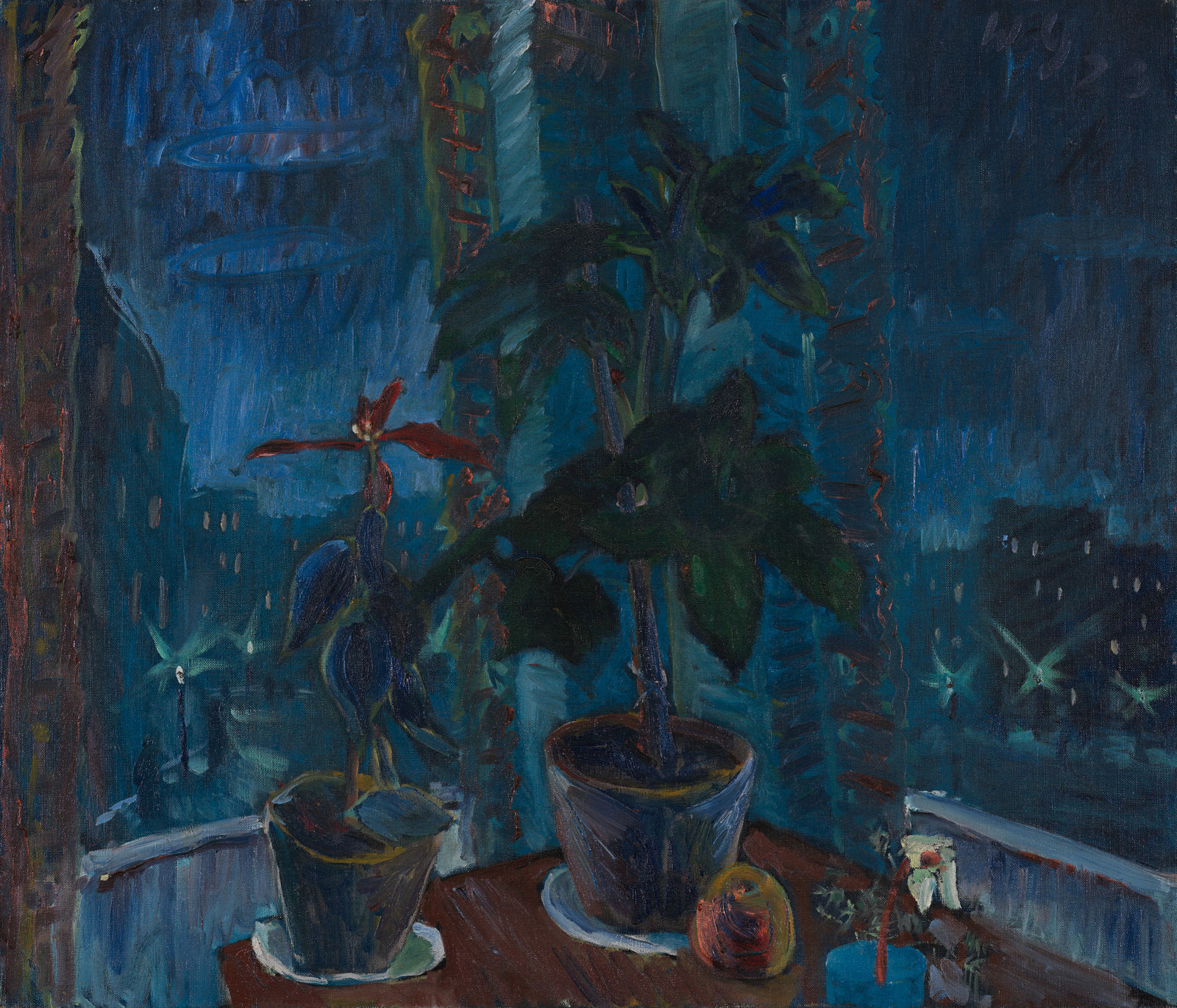Apartment of Walter Gramatté (1922–1923)
Schlüterstraße 36, Berlin-Charlottenburg
“And how can I see Sonia suffering? She does not have a job either! And her mother sick, old, longing to be alone. We have been sitting locked in a room together for months now. We are fighting monsters to have a home […].”
Walter Gramatté to the art collector Martha Rauert, 6 January 1923
To escape the confines of his home Walter Gramatté often wandered restlessly at night through the streets of Charlottenburg. Since August 1922, he had been living with his wife, the composer and musician Sophie-Carmen (Sonia) Gramatté, and her mother in a six-storey apartment building on Schlüterstraße 36. However, the three of them only had one room at their disposal in this magnificent building. Gramatté had previously handed over his private studio on Emser Strasse 19/20 in Wilmersdorf to the artist Anton Kerschbaumer – hoping to move back in at a later date. But his former friend now refused to move out, and a new spacious studio was nowhere in sight.
And so life on Schlüterstraße, which was originally planned as a short-term, temporary solution, ended up lasting for more than half a year. By the winter of 1922/23, this situation had become unbearable for Gramatté. The lack of space increasingly constrained his and Sonia’s artistic work. He felt imprisoned, desperate and “longed to go away, far away.” It was precisely during this period that he created his painting Stillleben mit nächtlicher Stadt (Still Life with Nocturnal City), which depicts the cityscape lit by streetlamps as seen from the corner of the room’s window. How often might the artist have cast such a longing glance at the outside world before deciding to wander through the night?
Isabel Fischer





